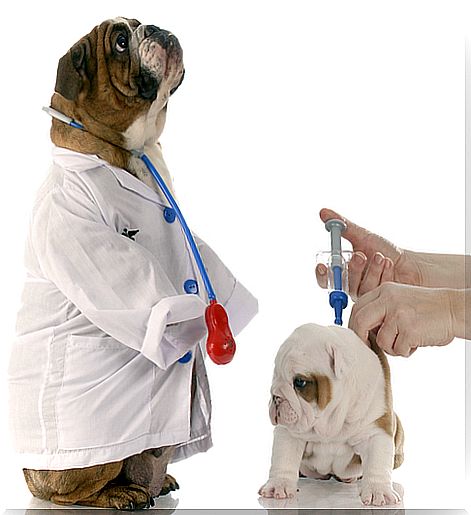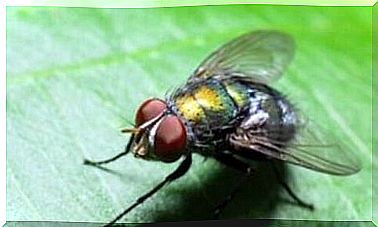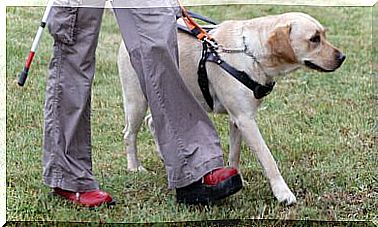The Vaccination Cycle Of Dogs

Vaccination of the puppy is the first step that a responsible owner must take. It is very important to vaccinate dogs due to the large amount of virus-induced diseases they can get. The vaccination cycle for dogs is determined by the veterinarian on a case-by-case basis.
Puppies that have not yet been vaccinated must not be in contact with other animals and must not leave the house. Allowing it is very dangerous because the puppy is vulnerable to any type of disease caused by viruses in the air, land, water and any surface that has come into contact with another sick animal.
The vaccination cycle must begin between one and a half months and two months of the puppy’s life, before then his immune system is not ready to receive the vaccines and the effectiveness of the same could be compromised by the antibodies that the baby receives from the milk. maternal.
Before you can apply any vaccine to your puppy, it will need to be parasitized. This is done so that nothing weakens the dog’s body or can compromise the effectiveness of the vaccine. This procedure must be followed by the veterinarian who, through the analysis of the dog’s feces, will determine the parasites present in his body and will recommend the appropriate treatment to follow.
Veterinarians establish different vaccination cycles taking into consideration the area in which you live, the climate, exposure to certain classes of viruses that the dog can contract, or the predisposition of the breed.
Taking into consideration the breed of the puppy is very important, because although all dogs are at risk of developing viral diseases, there are breeds that are more predisposed than others. For example, due to the shape of their intestines, Boxers and Rottweilers are more prone to contracting parvo, which is more likely to be fatal in their case.
Respecting the vaccination cycle and the agreed dates to carry them out will be of vital importance for the dog to receive adequate immunization. Vaccines are normally made 4 weeks apart and the best thing to do is to keep the dog indoors until all four vaccines are given.
Presenting a “basic” vaccination framework is perhaps not very useful because, as mentioned, the veterinarian will have to take into account many variants, such as the clinical-veterinary picture of the mother, the area where the puppy lives and the results of the stool tests conducted on the dog before deparasitation. However, we briefly present a list of the most common diseases that are prevented thanks to specific vaccines.
The parvovirus

Parvovirus is a serious disease that attacks intestinal hairiness, causing severe changes in the digestive system of dogs, causing bleeding, frothy vomiting, bloody diarrhea and dehydration. It can be contracted through contact with infected feces and can lead to the death of the dog. It can be intestinal or cardiac (the latter being the most lethal form). A dog diagnosed with parvo should be immediately isolated.
The distemper
Distemper, or canine glanders, is a disease that attacks many species. It produces severe damage to the nervous system, skin and fur of animals. This too is a fatal disease if it is not treated immediately, there are no specific treatments other than those that involve strengthening the immune system and treating the secondary symptoms that the disease produces.
Anger

Rabies is a disease common to all mammals and dogs are the main transmitters. It has a long incubation period, so it can take up to 8 weeks from the moment of infection before the first symptoms of the disease are observed. It attacks the nerve tissue of the brain, so the dog will begin to exhibit major behavior changes ranging from nervousness to aggression, causing paralysis and death from respiratory failure.
Hepatitis
It has no relation to human hepatitis, it is a disease that mainly attacks the liver cells, causing abdominal inflammation and bleeding, as well as a pale tone of the mucous membranes (gums, nose, etc.). Canine hepatitis can have very different levels of aggression, it can either cause death within hours or cause a mild fever and diarrhea or, in infrequent cases, cause corneal edema.








